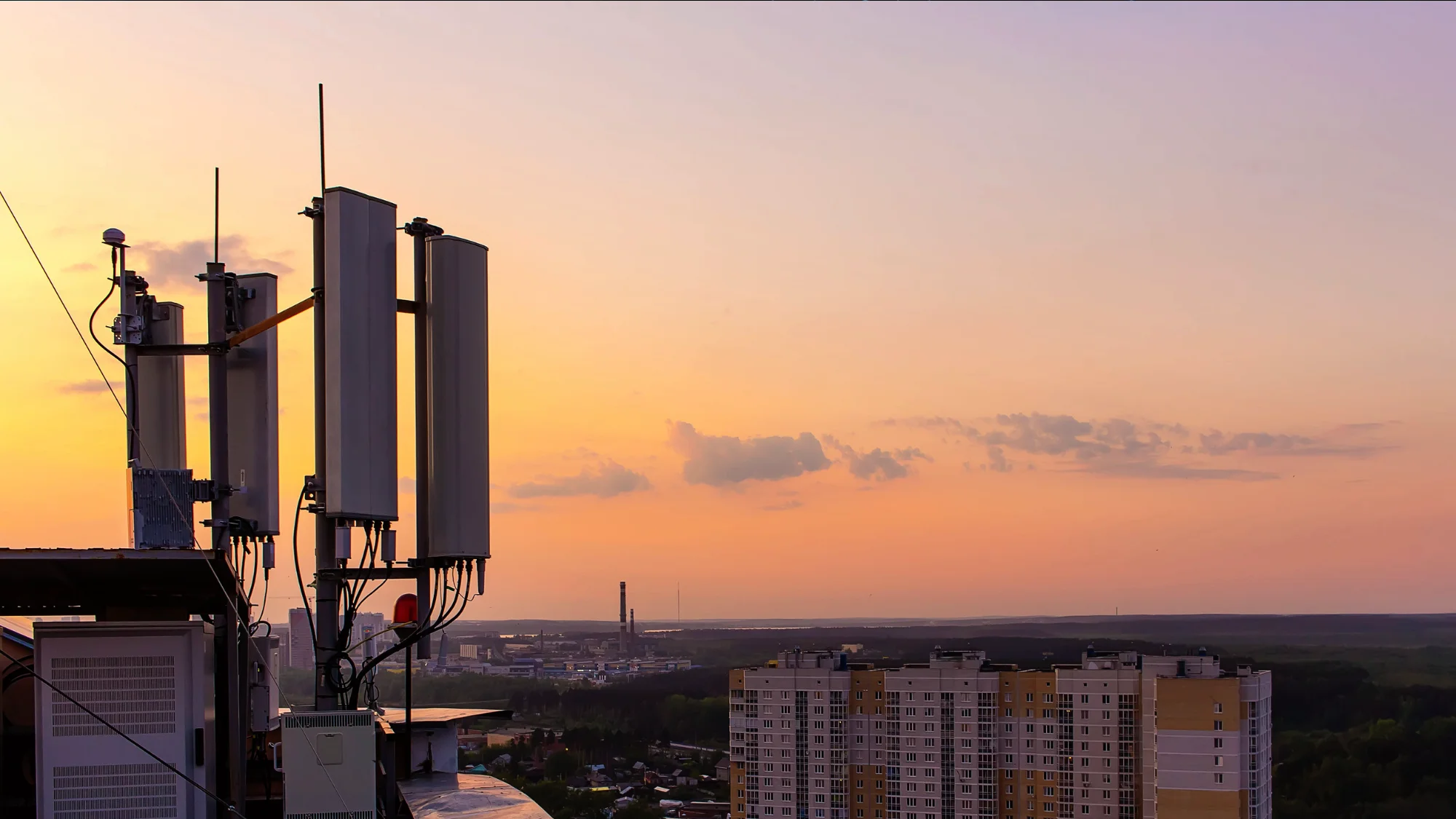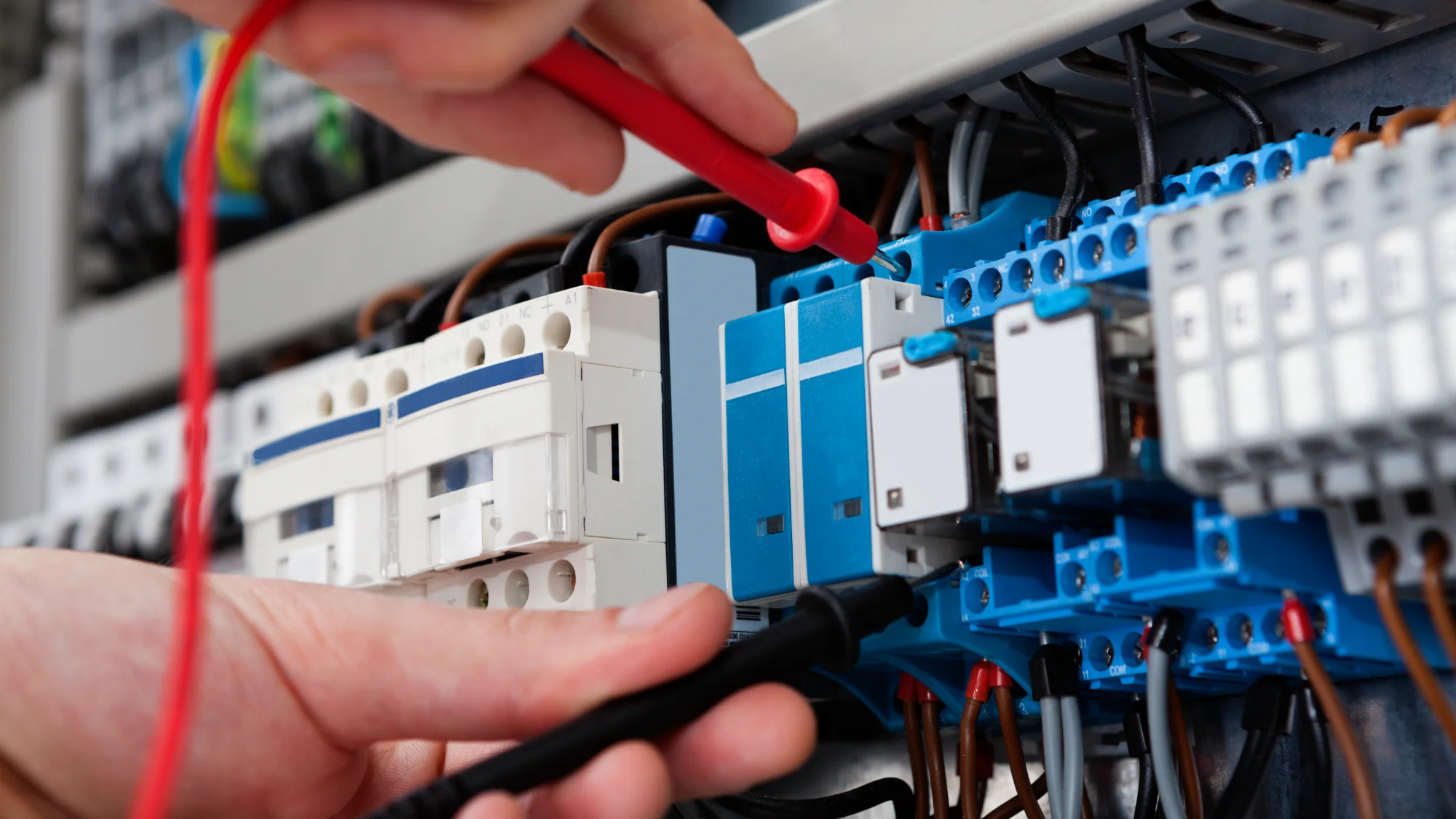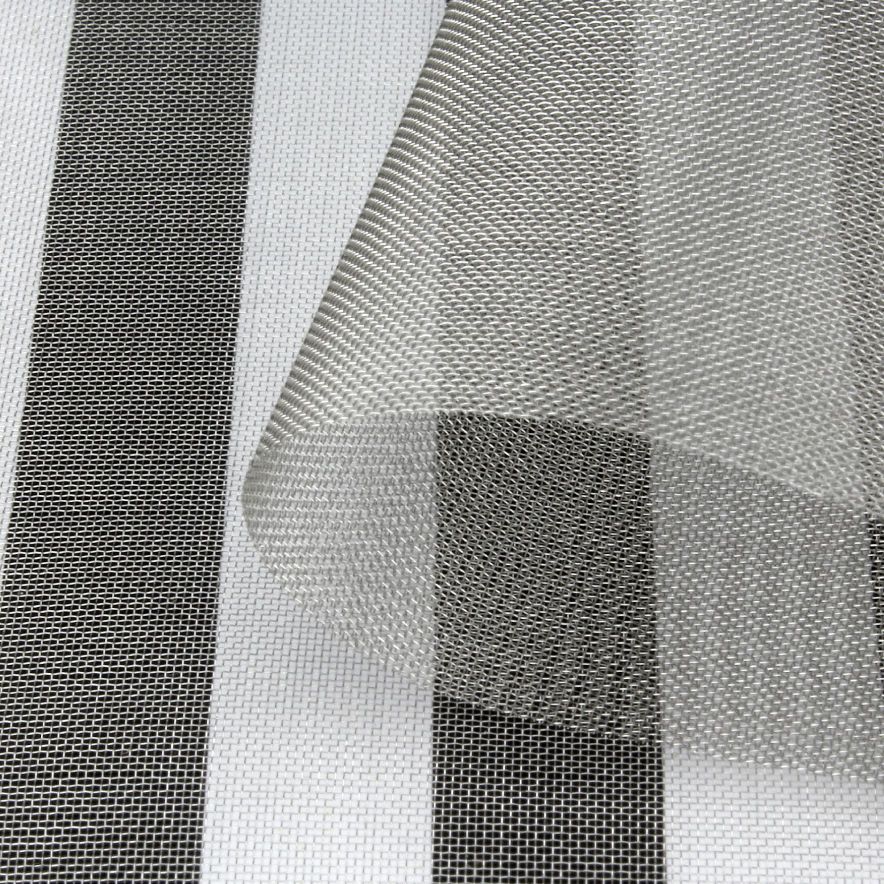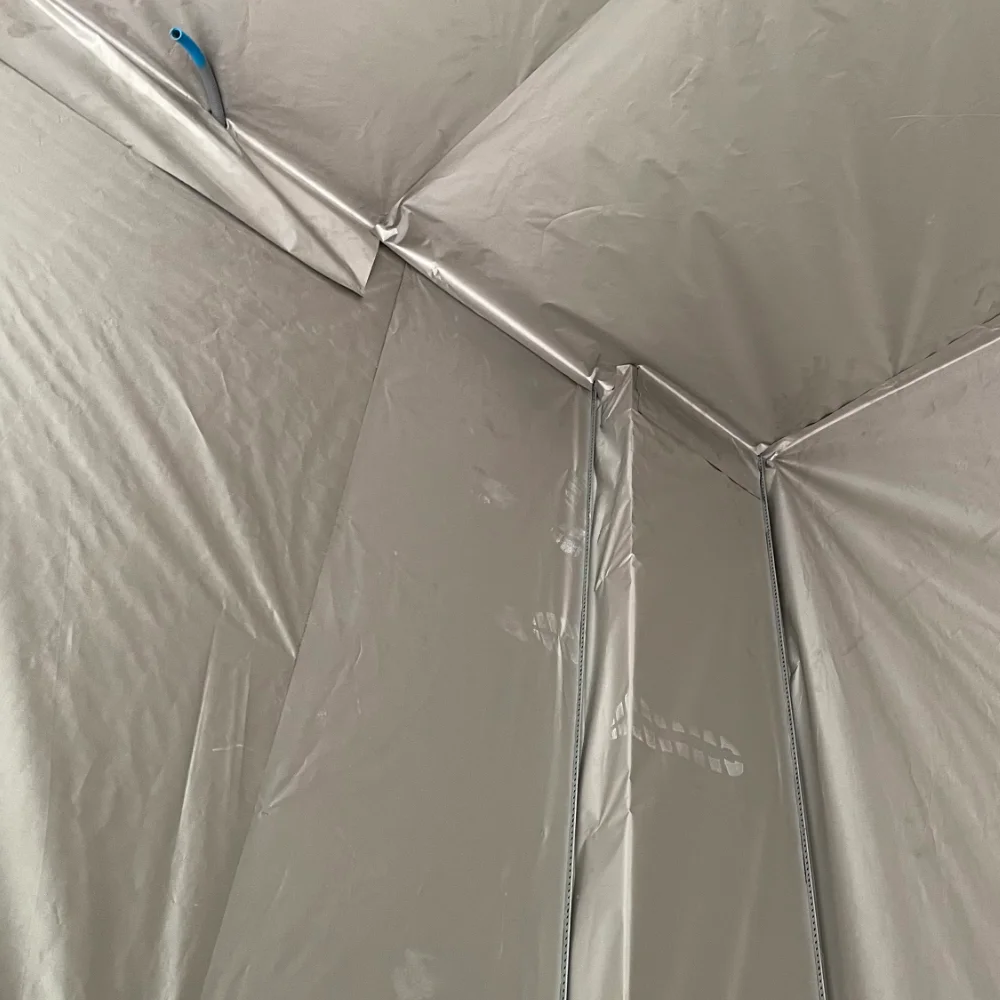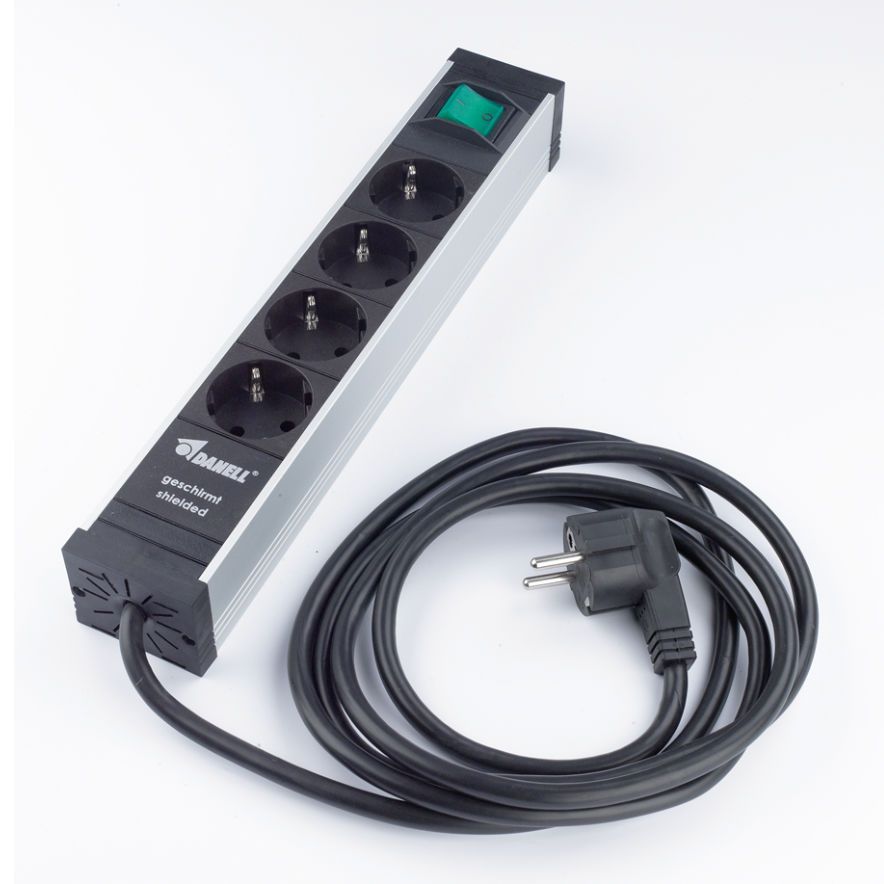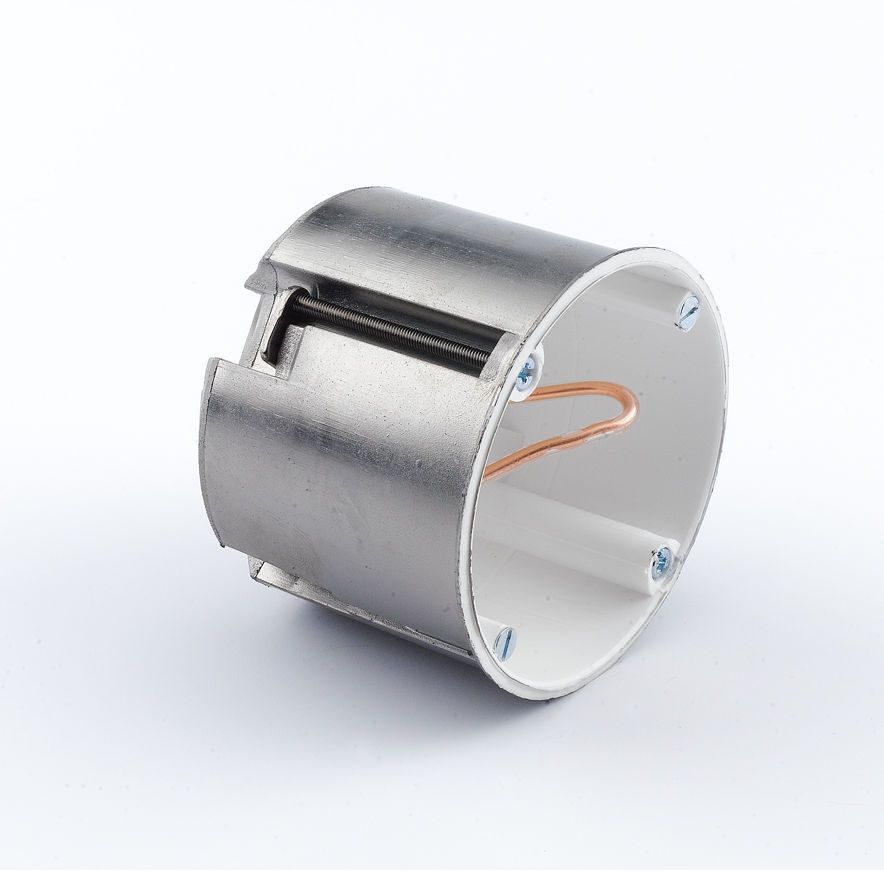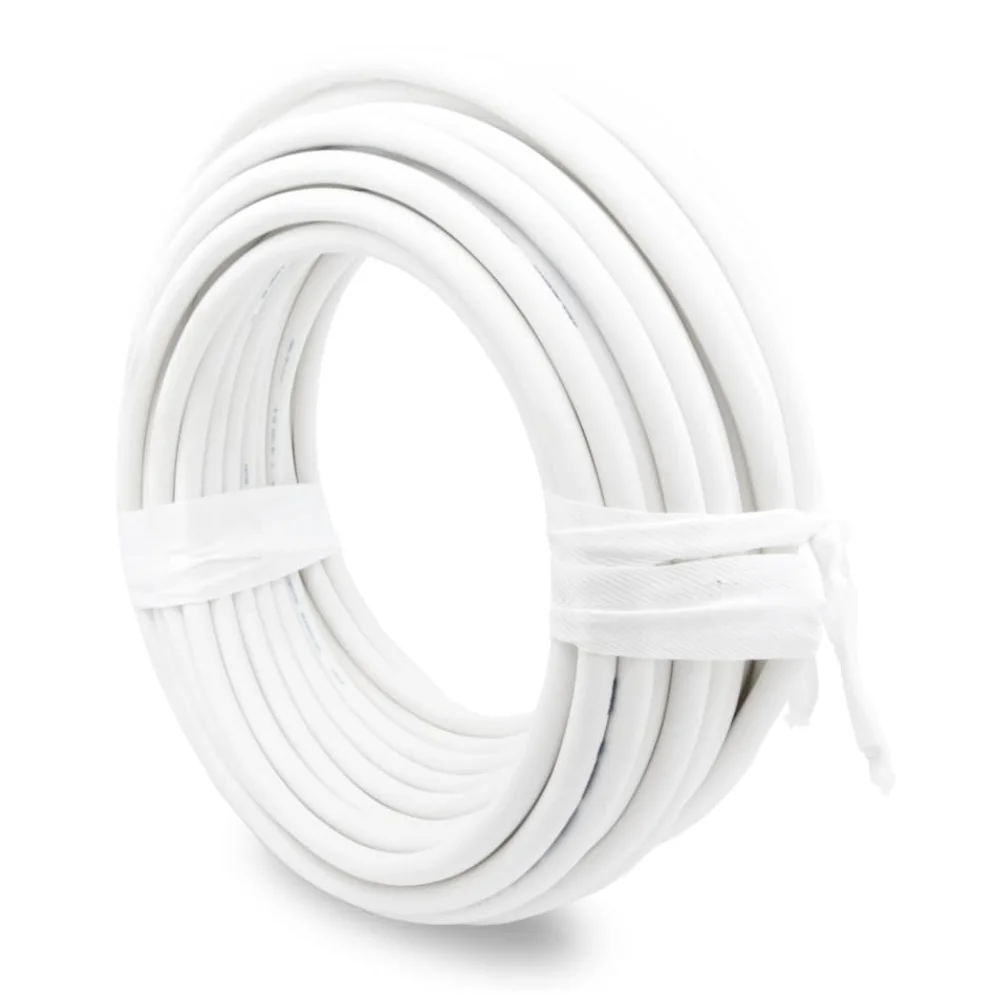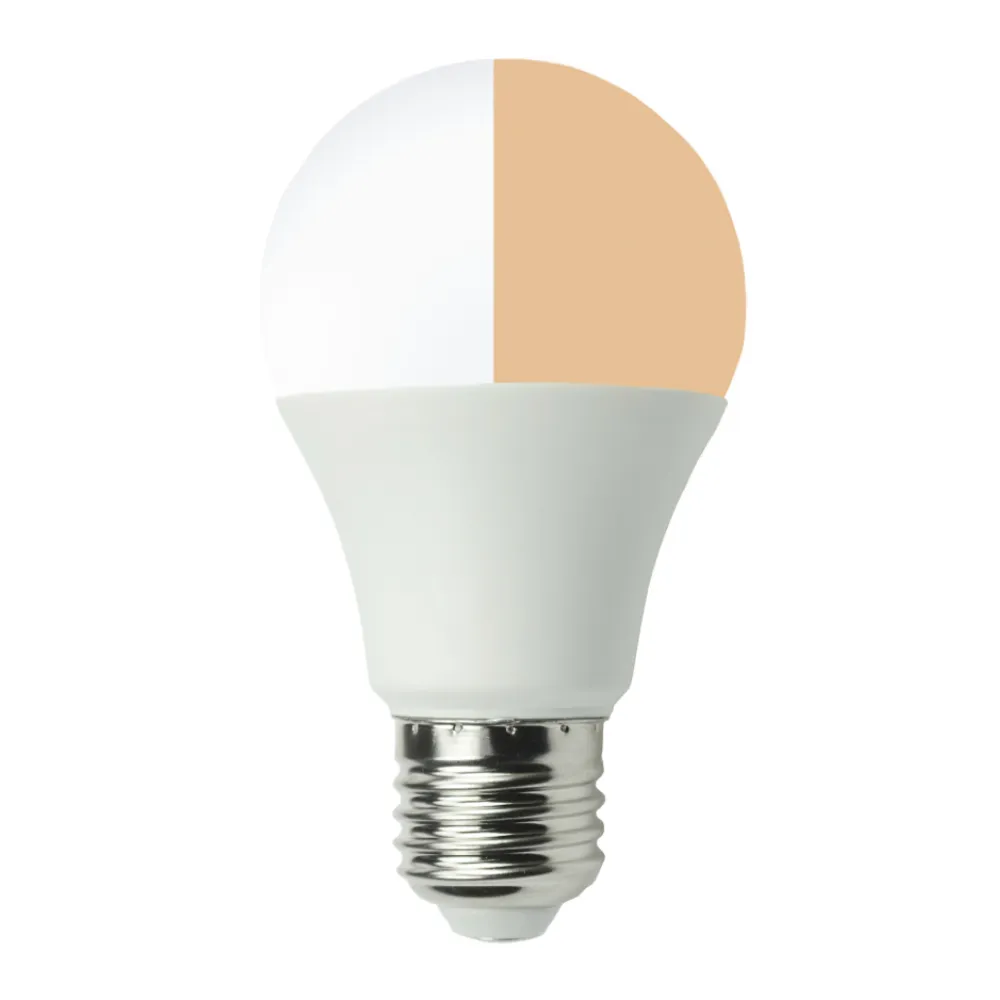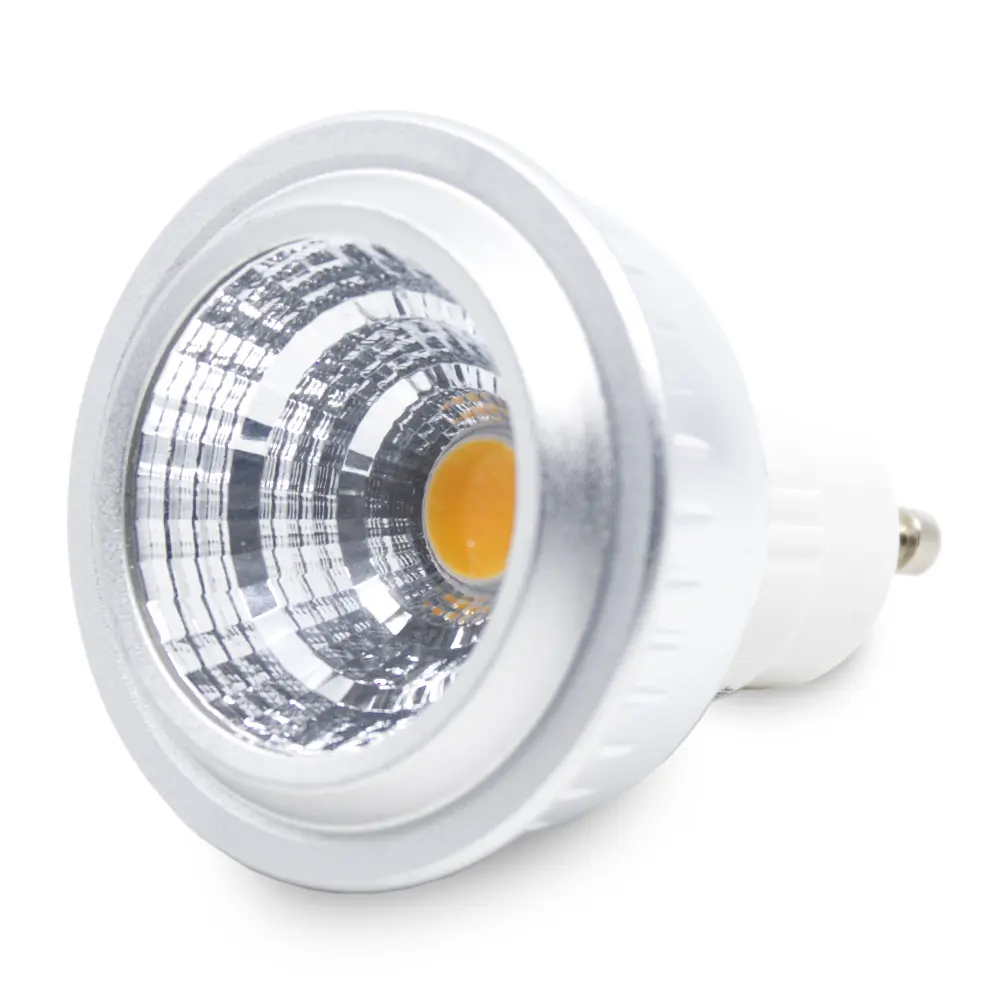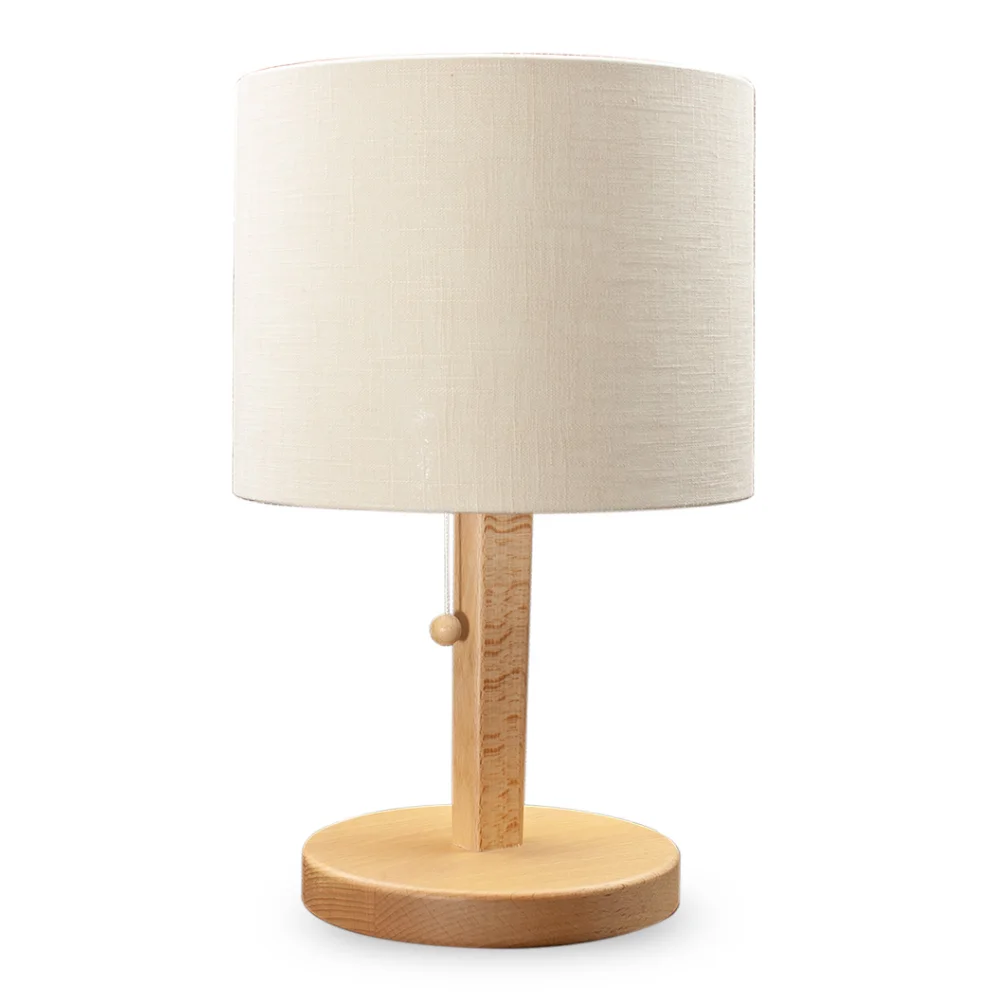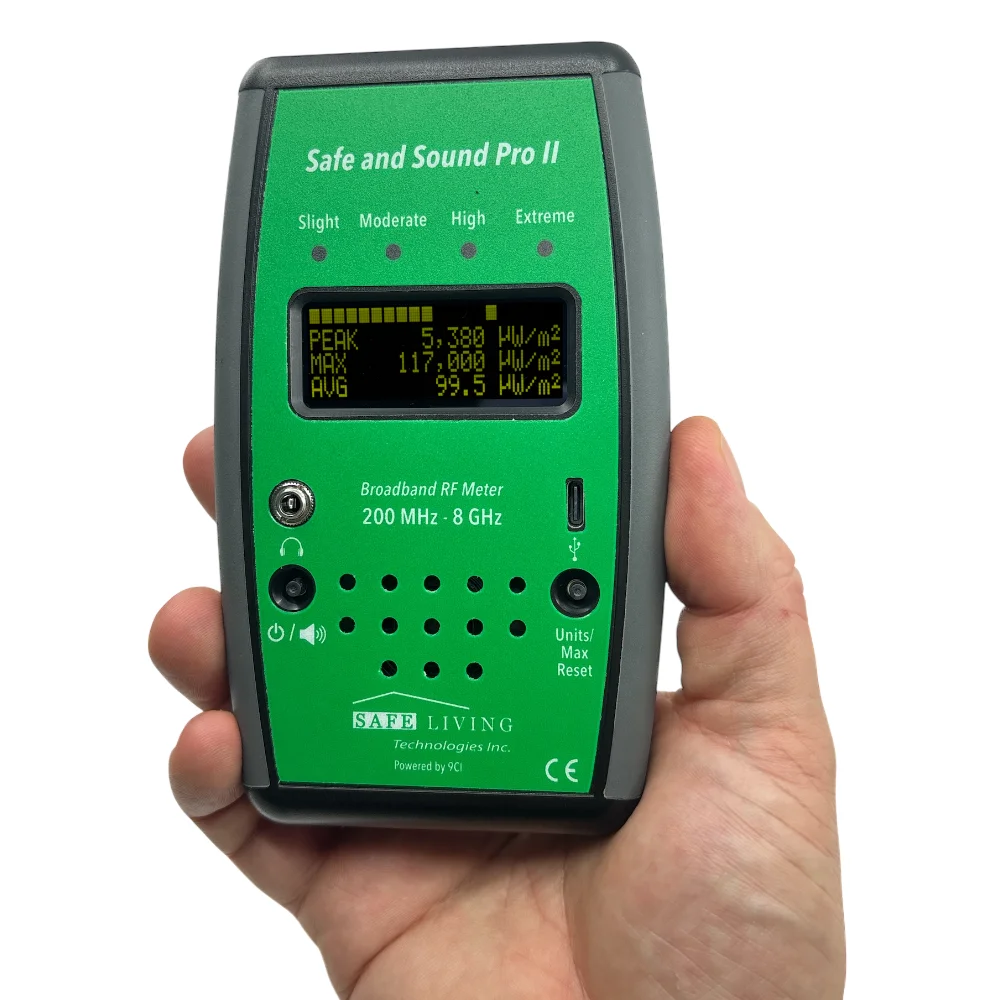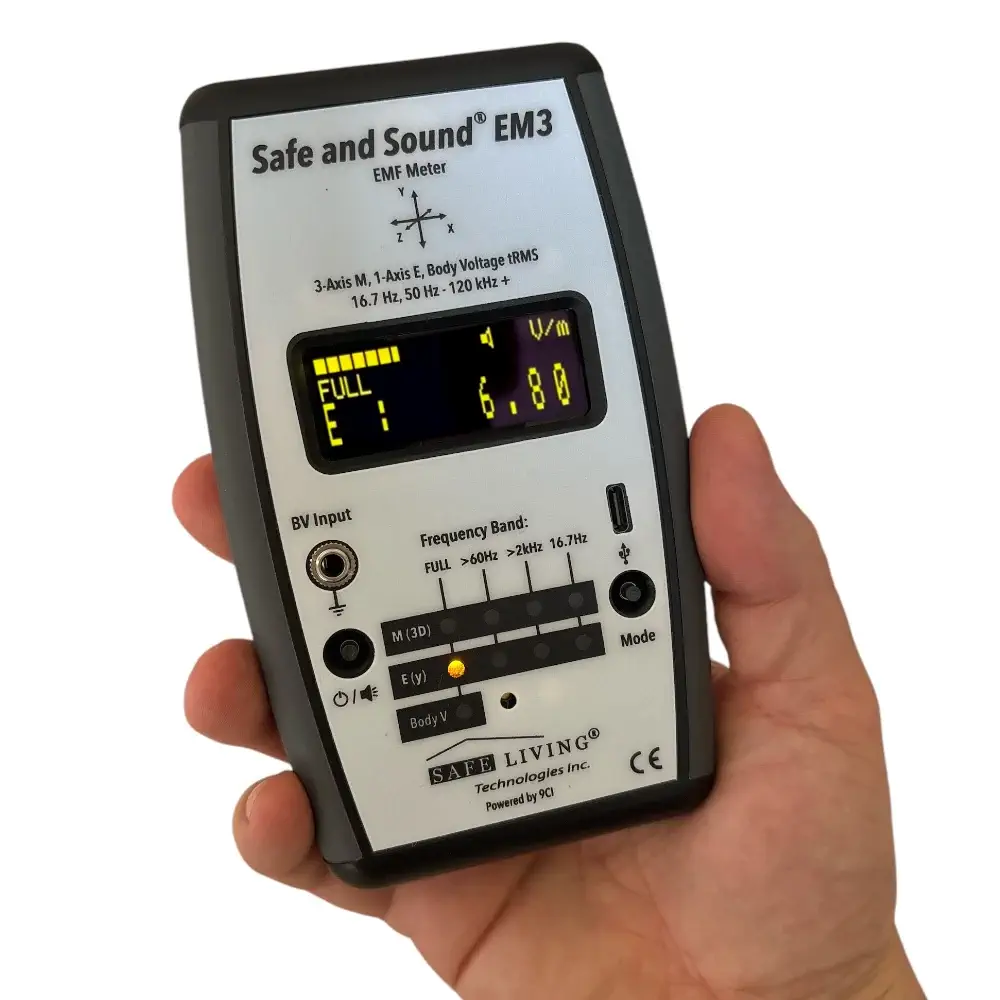The new EU energy label for light sources
Looks familiar, doesn’t it? If we are looking for a new electronic household appliance or a new lighting device, sooner or later our eyes automatically fall on the EU energy label or the energy efficiency class of the product. This information helps us to compare devices with each other and choose the most effective model.
There has been a new EU energy label for household appliances since March 2021 and for light sources, valid since September 2021. The new EU regulation 2019/2015 replaces the old EU regulation 874/2012. But what has actually changed? How do we recognize a model with low power consumption in the mass of the offer in the future?
Facts about the new EU energy label for light sources
- Since September 2021: New EU energy label for light sources
- New scale of efficiency classes from A to G – the plus as a separate class is no longer applicable
- New and stricter criteria for evaluating efficiency
- Light sources are usually classified in a lower category than before
- Incentives for companies to further optimize efficiency
- QR code on the energy label for more information

What are the benefits of an energy label?
The energy label is also called energy consumption labeling and was introduced in the European Union in 1996 for many electronic products (Directive 98/11/EG on lamps and lights). According to the law, the following device classes must be equipped with this EU energy label:
- Air conditioners
- Cooking appliances (household)
- Dishwasher (household)
- Heaters (space and water heaters)
- Lamps and lamps
- Local Space Heaters
- Refrigerators and freezers (household)
- Refrigeration (professional)
- Refrigeration with direct sales function
- Solid fuel boiler
- Electronic displays (TV, monitors, signage)
- Tumble dryer
- Air handling units (residential)
- Washing machines (household)
- Tires
The law requires manufacturers to transparently disclose the energy consumption and efficiency of their products. The aim is to make it easier for consumers to make purchasing decisions. Many models are similar (optics, volume, etc.) if the customer z. B. wants to buy a new refrigerator. The energy label serves as a point of comparison for different variants of a device type and helps to find environmentally friendly products with the lowest power consumption. Annual savings of hundreds of euros are possible and the environment is also relieved.
Most noticeable on the label are the energy efficiency classes in the form of letters, arrows and colors. The comparison with a traffic light is very obvious here. Red stands for the worst classification and green for the best classification. The categories show at a glance how the energy consumption is rated compared to devices in the same category.
Energy efficiency is becoming an increasingly important criterion in purchasing decisions. Therefore, the energy label also creates an incentive for producers to continuously improve the energy consumption of their devices in order to stand out from the competition. The label also promotes technological innovation.

Why the new EU energy label, the third version?
The energy label is revised for the second time. When it was introduced in 1996, the energy efficiency classes A to G were defined. Over time, the efficiency of the devices has continued to improve, resulting in most devices being classified as Class A. The energy labels were therefore no longer of any real help for many purchases. Revisions for various devices follow between 2003 and 2010. For light sources, the scale ranged from A++ to E.
However, since the last update, the technology has evolved significantly. Energy consumption has once again fallen significantly. The consequence of this is that again a large part of the devices and lighting are in the best or second-best efficiency class. The customer concludes that all products consume little electricity and are particularly environmentally friendly.
However, technological progress has also led to large deviations within one efficiency class. This can be seen, for example, in the case of different power consumptions of two lamps in the same classification A++. These differences could no longer be mapped. With the new EU energy label, the distinction is again much finer, which means that energy consumption can be estimated more precisely.
What will change with the new EU energy label for light sources?
At first glance, the new EU energy labels look very similar to the old ones. In both versions, the colored scale catches the eye. The classes are still marked with the same color. However, the scale no longer ranges from A++ to E, but from A to G (as in the very first version). G means a low, A means a very high light output per 1 watt (lumen).
Above the scale are still the manufacturer’s name and the model number. The power consumption can still be read in the lower area. A new feature is a QR code that provides further information.
Due to the increased demands on economy, almost all light sources belong to a lower energy class according to the new regulations. This should motivate manufacturers to develop more efficient devices to achieve better classifications. In addition, the test method was adapted more closely to the actual household situation. With these new provisions, a collection of all devices in the top classes should be avoided as far as possible in the future.
Example: Many our LED lamps were previously rated with energy class A+. Under the new regulations, the same product is now classified in energy efficiency class F. Nothing has changed in terms of the lighting technology itself. Power consumption and light output remain the same. However, due to new classification requirements, the LED is now assigned to a different energy class.
FAQ on the new EU energy label for light sources
Since September 1, 2021, harmonized labeling of light sources has been implemented across the EU. The transition phase ends on March 1, 2023, after which only the new EU energy label is permitted. During the conversion phase, both the old and the new energy label will be displayed in the shops.
Since the end of 2019, only illuminants and lamps with permanently installed illuminants have had to carry an energy label. Lamps without bulbs are exempt from the regulation.
This rule will not change with the new energy label. What is new, however, is that in future every product that generates light will be referred to as a light source. The new energy label therefore applies to all lamps.
Since the classification of the classes is based on stricter and new criteria, a simple transfer is not possible. For example, a previously A+ lamp may now be classified as Class F, while another A+ lamp is reclassified as Class D.
The QR code can be scanned with a smartphone to access the European Product Database (EPREL). Consumers can find the manufacturer’s address and contact details here, as well as various parameters from the product data sheet.
EPREL (European Product Registry for Energy Labelling) is a product database for energy-related products in the European Union. Since the beginning of 2019, manufacturers of household appliances that bear the EU energy label have had to register their products in this database. Since September 1, 2021, the light source has also been recorded here. The aim is to make product information more accessible to consumers and to increase transparency.
